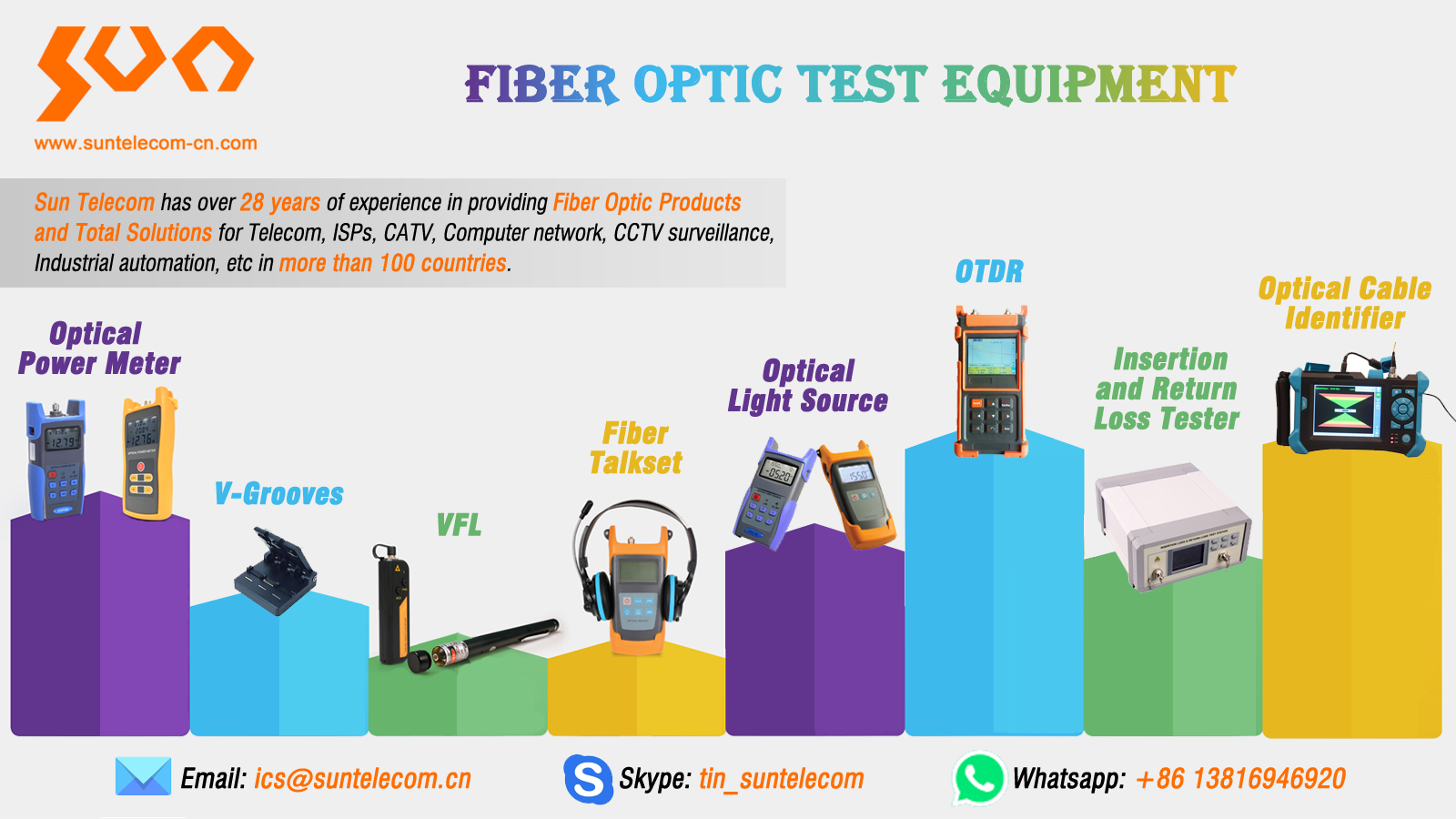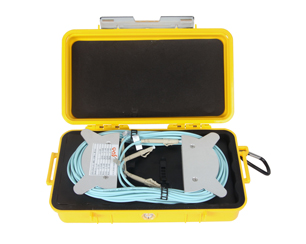Connecting a building to a fiber or coax network can be extremely complex. You have to implement the plan, essentially carrying out a civil engineering project to ensure the cable successfully reaches its destination. This can involve re-using existing ducts or creating completely new paths into, and then around, buildings.
However, this is not the end of the job, and perhaps the most vital part is yet to come – testing. This not only enables you to check that the connection works correctly, but, most importantly, that it is reliable, meets relevant industry standards, and is acceptable to the network owner. This should be required on all installs, even if the network owner hasn't mandated it.
Testing in fiber network deployments can be split into three phases:
Visual inspection
To start the process, walk around and inspect the installation, checking the cable route (where visible), its start and termination point, pathways and all equipment rooms. Look for any issues with the install itself, check that the specified materials and equipment have been used (vital for meeting industry standards), and ensure that the design, specifications and relevant safety codes have been met.
For fiber optic cables, pay particular attention to the connector end faces as microscopic amounts of dust or dirt can dramatically impact performance. Clean every connector as a matter of routine, using either cleaning tools.
Finally, make sure that every component has been correctly labeled, and logged on a permanent record - and that labels are positioned where they are secure, yet visible, in case of further inspections.
Technical testing
Once the visual verification is completed, it is time to test that the network actually performs correctly. For a fiber network, the key parameter to measure is optical loss (often called dB loss or attenuation), as a high optical return loss (ORL) can cause the laser within the system to stop transmitting correctly.
It is also good practice to test the loss readings (and of course record and file the results) for individual components, such as connectors, cables and splices, using an Optical Time Domain Reflectometer (OTDR). Use an optical power meter and a light source (laser for single mode, LED for multimode) to measure loss and then check to see if it is within acceptable parameters. If you have excessive loss readings look at the connectors first, and then check the cable route. Cables that have been pulled too tightly around a corner and don't meet minimum bend radius specifications can also lead to high loss readings.
Document the job
The final part of testing is to document everything. After all, if there is no record of tests being completed, there’s no way you can prove they were carried out.
Before beginning testing, agree the format for the documentation with the customer, or adopt its corporate standard, so that it meets everyone’s requirements. Ensure that documents are clear and show what has been tested, how, when, where, and by whom. Be particularly careful to include adherence to national and international standards (such as in the case of fire regulations), as this can be used for insurance purposes.
The increasing pace of FTTH rollouts does mean the pressure is on to complete deployments as quickly as possible. However, this shouldn't come at the expense of a proper testing regime that certifies the network, provides a record of compliance, and avoids potential future issues.


 Position :
Home>
News & Tutorial
>Products
Position :
Home>
News & Tutorial
>Products

 Position :
Home
>Products
Position :
Home
>Products


 ics@suntelecom.cn
ics@suntelecom.cn  +86 18964888554
+86 18964888554 Building No.145, Lane 666 Xianing Road, Jinshan Industrial Zone, Shanghai 201506, China
Building No.145, Lane 666 Xianing Road, Jinshan Industrial Zone, Shanghai 201506, China